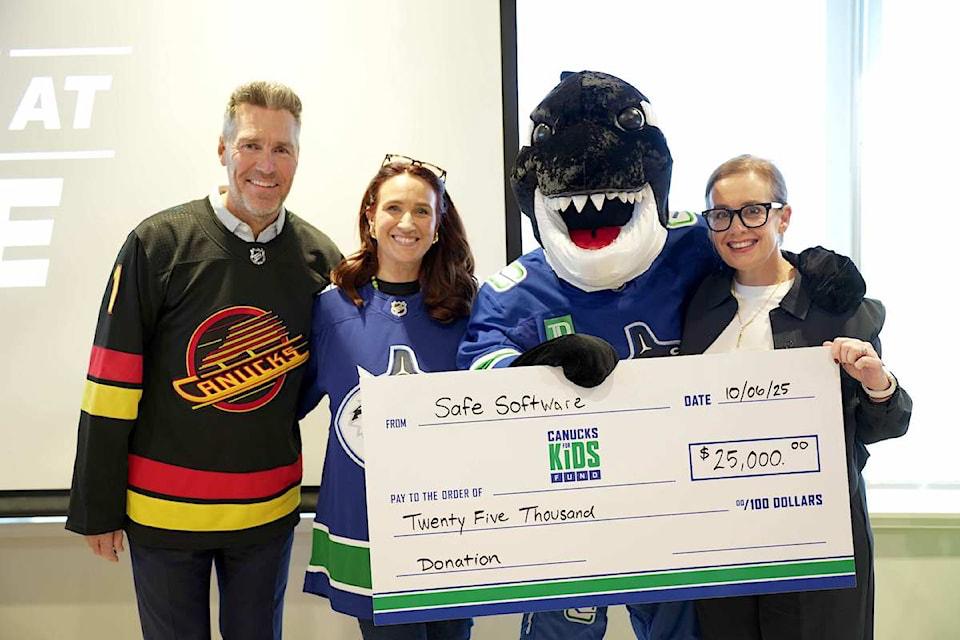A newborn calf of the endangered southern resident orcas is missing and presumed dead off B.C., raising urgent concerns for the already fragile population.
Birth and Early Days
The tiny calf designated J64, born to mother J42 (‘Echo’) in mid-September, was first sighted swimming with the members of the J-pod of the endangered southern resident killer whales off British Columbia. The birth marked J42’s first confirmed calf, a moment of hope for the population.
The Disappearance
On October 23, researchers from the U.S.-based Center for Whale Research spotted J42 travelling through Swanson Channel, off Mayne Island, but the calf J64 failed to surface alongside her during multiple dives. Despite hopes the calf might simply have been hidden or temporarily separated, the absence persisted, leading the team to conclude that J64 is “most likely deceased”.
Why This Matters
The southern resident orca population is already at risk. Calf mortality is especially high among first-time mothers, and factors such as poor nutritional status and toxin transfer from mother to calf heighten the risk. For this population to survive, a healthy abundance of chinook salmon—a key prey item—is essential. Without it, births like J64’s are lost before they can contribute to recovery.
Context Within the Population
In a recent 2025 census, the southern resident community—including J, K and L pods—stood at only 74 individuals, just one more than the previous year. During that period, one adult male (K26) was confirmed dead, and of four documented births, only two calves (J62 and J63) survived past the census cut-off. J64 was born after that census and therefore not included in the count.
Moving Forward: Monitoring and Hope
Although J64 is presumed dead, researchers will continue to monitor J42 and the rest of the pod in upcoming encounters. Their protocol considers an individual dead after three consecutive encounters without sighting. Because newborn calves are not expected to travel alone, the absence of J64 strongly indicates a fatal outcome. The researchers stress that recovery of the southern resident population hinges on improved prey abundance, lower toxins and healthier mothers.
Stay updated instantly — follow us on Instagram | Facebook | X



























